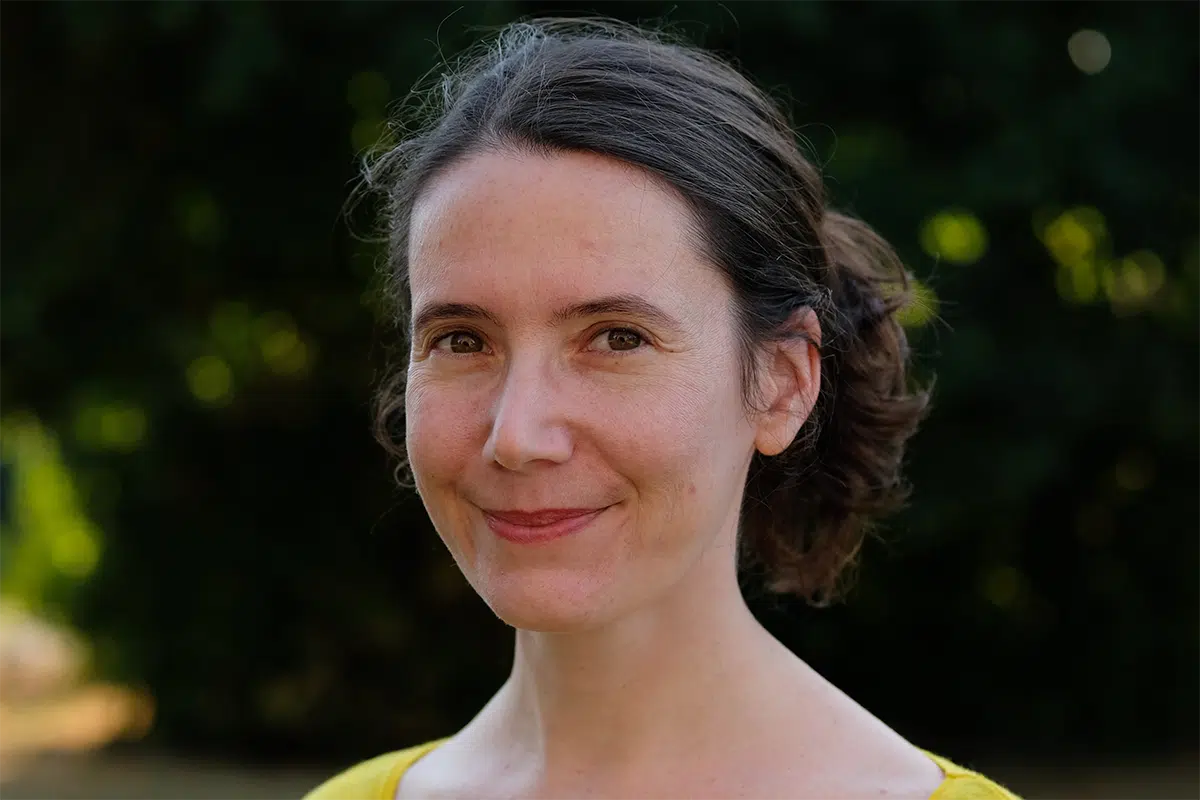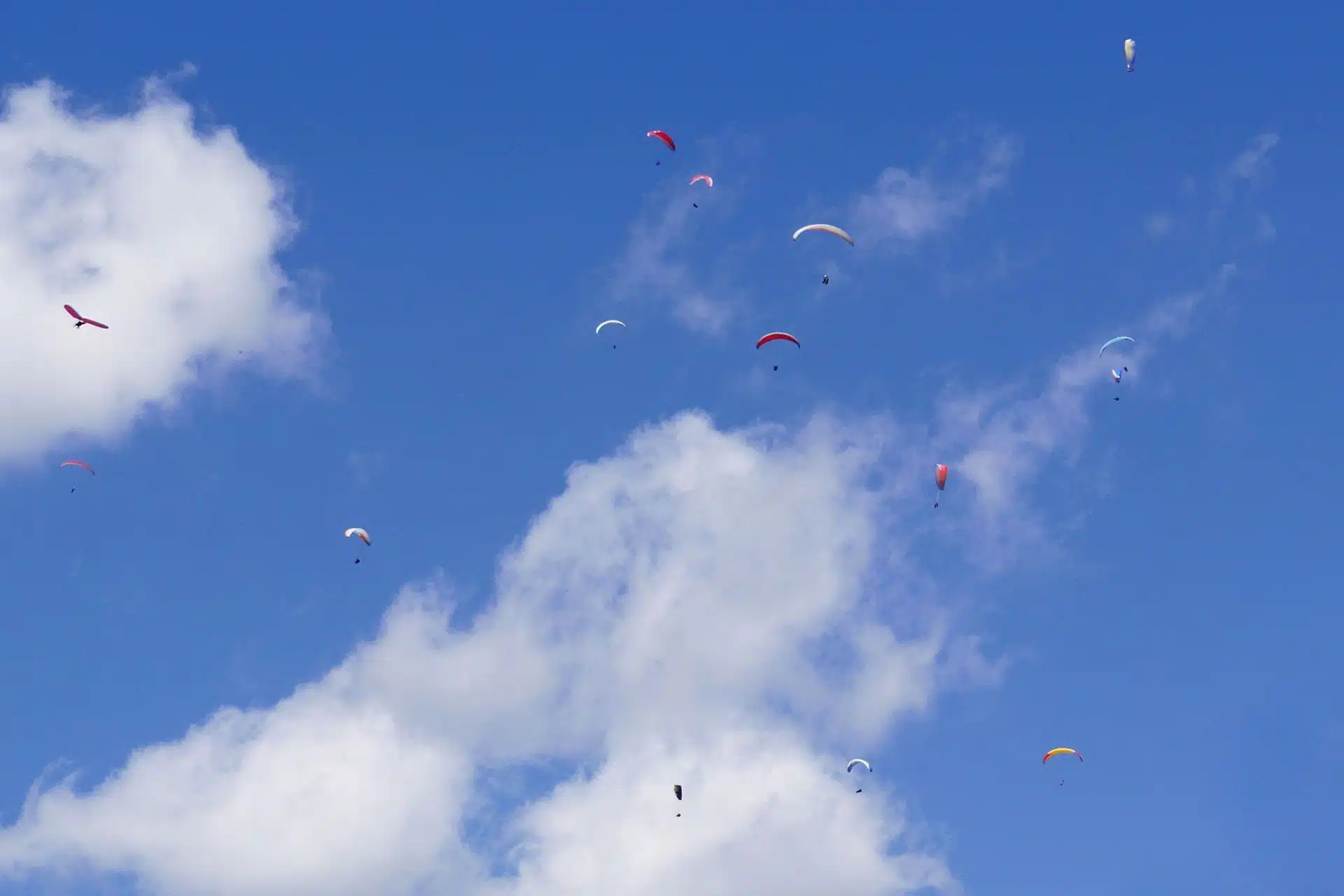The Importance of Everyday Life

Written By Maréva Bernard
Blog | Dzogchen practice | Dzogchen Testimonials
In “The Importance of Everyday Life”, we discover what it means to walk the path of Dzogchen in everyday life through Mareva’s experience.
[2]Series: Where to practice the Dzogchen path?
The Importance of Everyday Life
What does walking the path of Dzogchen mean for us in our daily lives: when we go to the office? when we have a drink with friends? when we have a family gathering? Are we practicing Dzogchen when we watch a Netflix series?
We receive teachings, apply instructions on the nature of our mind, go on retreats, but following a spiritual path is also a matter of everyday life.
When he presents the integration of the “Three Vajras”[1], Mila Khyentse Rinpoche reminds us:
“Whatever the activity, it’s that of recalling the state,
whatever the body position, it’s a reminder of the practice,
whatever word is uttered, it is a reminder of the nature of mind,
whatever the thought emitted, it is that of the recall of the essence of mind.”
So are we to understand that : going to the office is a reminder of the state; slumping on the sofa is a reminder of the practice; sharing your latest travel anecdote is a reminder of the nature; telling yourself that this meal is definitely too long is a reminder of the essence?
“Whatever the activity, it’s that of recalling the state,
whatever the body position, it’s a reminder of the practice,
whatever word is uttered, it is a reminder of the nature of mind,
whatever the thought emitted, it is that of the recall of the essence of mind.” (Mila Khyentse Rinpoche)
It all sounds very theoretical at first. The instructions are clear, but we realize that we don’t understand exactly what we’re talking about.
We know exactly how to describe the actions involved in going to the office, but much less about the state. We know exactly well how our buttocks feel on the softness of the sofa, but that seems light years away from the vajra posture. This succession of words coming out of our mouth doesn’t really trigger the same experience as that of reciting the primordial A sound. And if we feel like leaving the table, we wonder if we are still in compassion.
Yet Dzogchen makes no distinction between the two.
This is where the importance of training lies, where the alternation between retreat and daily life that Johanne talks about in “A peaceful grove of fresh blossoms” comes into its own, where the triptych of view, meditation and integration that Damien develops in “Where is the training ground ?” is very useful.
Because at first, we don’t know exactly what to recall.
So, after receiving instructions from the Master, we familiarize ourselves with the formal practice. We don’t recognize nature in everyday life yet, but we can already train ourselves to be vigilant. Vigilance of a daily practice to maintain the connection with the instructions on nature, but vigilance also not to believe hard and fast in everything that presents itself, to look up when everything has become tense, to remember that in the last teaching we were told that all phenomena are the manifestation of the nature of mind.
Although after your death you place all your hopes in the roots of virtue accomplished by others, it is indeed difficult to benefit from them.” advises Düdjom Rinpoche .
It happens at the family lunch on the terrace, when we look up at the clouds passing in the sky, or on the way to the office, when the sun reflects on the puddle we avoided on the way.
Then, as we gain experience, the veil is lifted. We form an initial idea, not necessarily a real one, and continue to train our vigilance.
The disturbing emotions have subsided, so when joy or anger arise, we have the vigilance to recognize them for what they are. Instead of drawing us into grasping, they call us back to the view: their nature is clarity-luminosity.
Just as the tension rises as the music of the movie intensifies, we recognize the sensation and relaxation takes the place of the usual tension. When our best friend tells us that his grandfather has died, we are reminded of impermanence and our determination to be vigilant is strengthened. There’s no time to lose.
Then the veil lifts a little more. We move away from the conceptual idea of what is being remembered, and continue to train ourselves in vigilance.
Through training, experiences of bliss, clarity and absence of thought begin to appear. They are not limited to sitting practice and times of retreat. They present themselves indiscriminately. They are cultivated without discrimination.
It happens at the family lunch on the terrace, when we look up at the clouds passing in the sky, or on the way to the office, when the sun reflects on the puddle we avoided on the way.
Then, as we gain experience, the veil is lifted. We form an initial idea, not necessarily a real one, and continue to train our vigilance.
The disturbing emotions have subsided, so when joy or anger arise, we have the vigilance to recognize them for what they are. Instead of drawing us into grasping, they call us back to the view: their nature is clarity-luminosity.
Just as the tension rises as the music of the movie intensifies, we recognize the sensation and relaxation takes the place of the usual tension. When our best friend tells us that his grandfather has died, we are reminded of impermanence and our determination to be vigilant is strengthened. There’s no time to lose.
Then the veil lifts a little more. We move away from the conceptual idea of what is being remembered, and continue to train ourselves in vigilance.
Through training, experiences of bliss, clarity and absence of thought begin to appear. They are not limited to sitting practice and times of retreat. They present themselves indiscriminately. They are cultivated without discrimination.
We learn to recognize them in everyday life, when we vigorously scrub the shower walls and only fullness presence is there, when the night has been short but the mind has remained clear, when walking through the noise of the city, suddenly the hubbub of our thoughts fades away.
Then, at last, the veil is lifted completely. We no longer delude ourselves about the nature of experiences and phenomena, and presence has replaced vigilance.
Like sparks of light, we recognize nature in the clink of a glass, in a burst of laughter, in the squeal of a tire, in the movement of clouds, in the sweetness of sugar, in the acidity of lemon, in anger or joy. What we recognized in the moment of introduction is recognized in what has always seemed so ordinary. And these sparks follow one another more and more closely, until we are continually bathed in a clear light.
And so, through daily practice and the Master’s blessing, the instructions make sense, and our questions that began with “but what about concretely?” have dried up.
Because the Masters show that this is possible, and because we follow in their footsteps, we continue our efforts confidently, more and more naturally, until everything becomes effortless.
Everyday life is precious, because it’s no different from the nature of mind, it’s its very manifestation.
[1] One of the main practices of Dzogchen where we naturally recognize and actualize that the ordinary activities of body, speech and mind are in fact the perfectly pure manifestation of the pure and perfect mind. These are the Three Vajras. BACK
More Posts
A Dive into the Luminescent Abyss of the Mind
In this article, Denis takes us to a place where, even in the heart of silent darkness, universal compassion continues to manifest itself.
High Tide, Low Tide
In “High Tide, Low Tide”, Johanne talks about the movements of the mind, by observing the natural tide cycle.
The Siren Song
In “The Siren Song” by Nils, let’s be clever like Ulysses to avoid succumbing to the call of the eight worldly realities, Dzogchen style.





